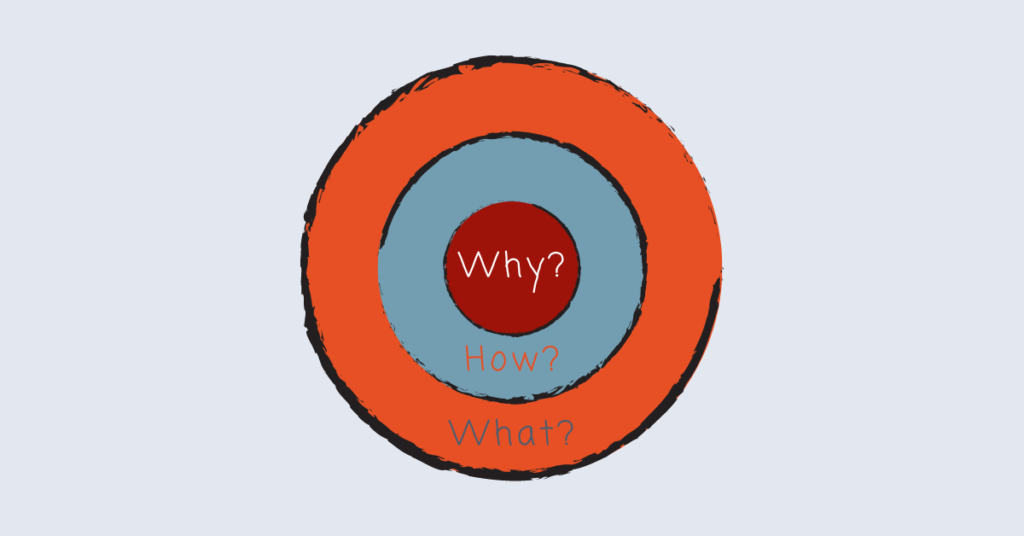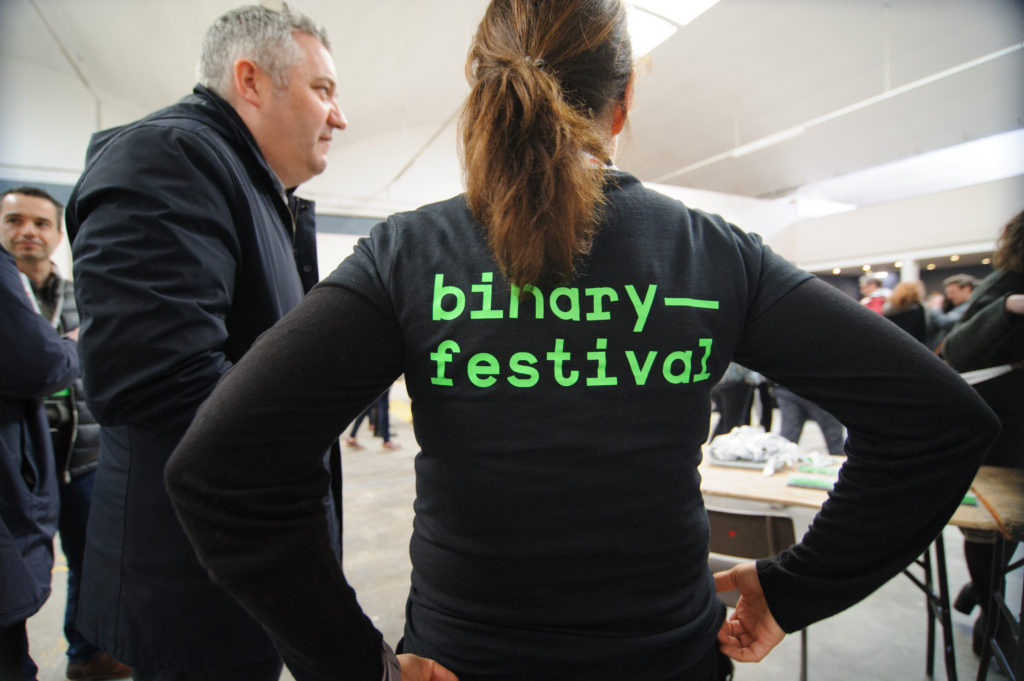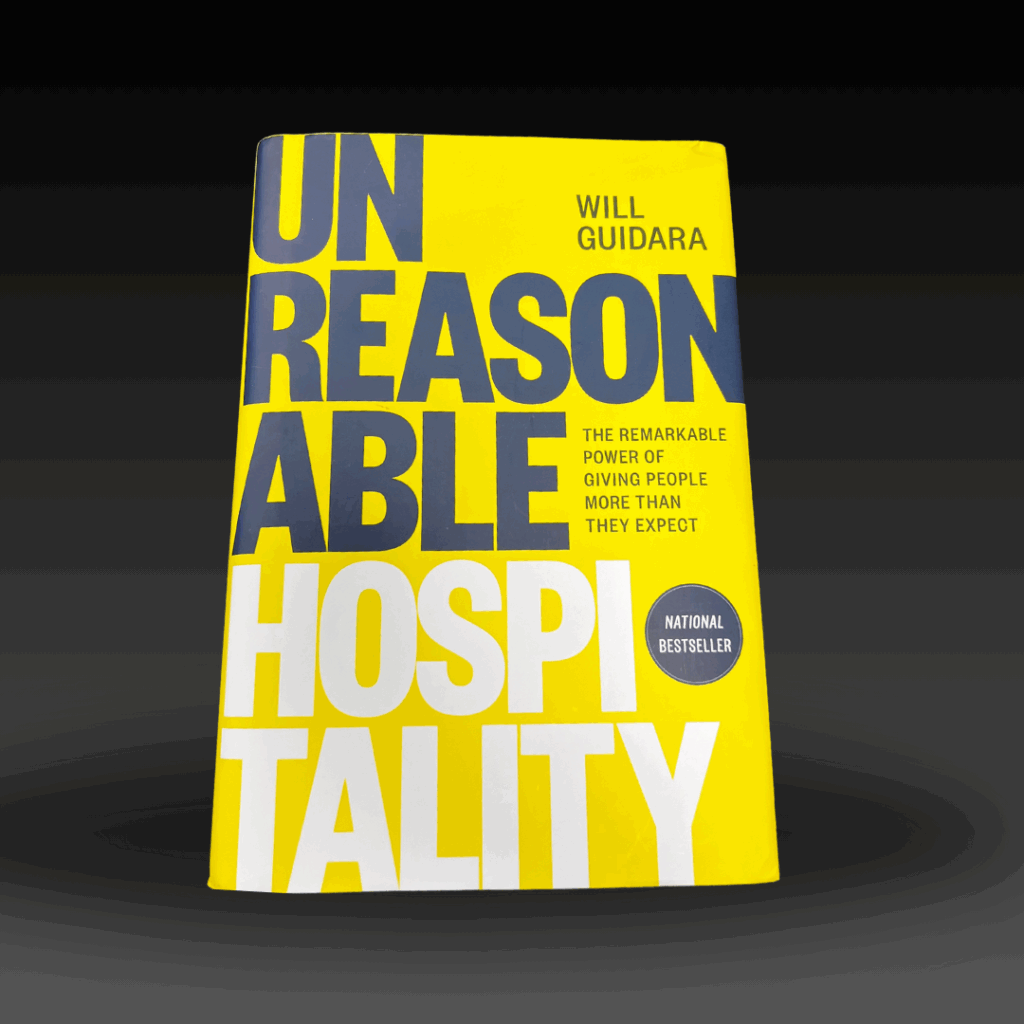Lots of people put on events but budgets are tight and if your event activity doesn’t equal results then it’s hard to justify the expenditure. So, rather than organise another annual conference or webinar, how about you get to know your why – what’s the purpose behind your event? Get that right and the results will start to flow.
Purpose has turned into a bit of a buzzword in business and, to be honest, we’ve met quite a few people who have gotten fed up with it. Especially when it’s just a new label stuck on top of old, out-of-date practices. Purpose washing is not cool.
But there is something about it that is not going away. When you are strategic, when you have clarity about why you exist and what you want to achieve, plus how you will behave to get it, then you can get incredible outcomes. Doing business with good values is a huge trend in consumer expectations, sustainability and eco-friendly credentials are influencing consumer spending.
Events and purpose
We got to thinking about how some of this might overlap with the world of events. As well as our recent blog on sustainability within the events industry, we found ourselves reflecting on working with clients to refresh their events and prevent them from becoming stale – annual conferences in particular.
This led us to taking inspiration from Simon Sinek’s global best seller “Start with why” and developing our own model:

Knowing your why
Being explicit about the strategic purpose of your event can sometimes be a longer conversation than people anticipate. It’s one where, given enough rounds of “Yeah, but why?”, you can get past the usual generic and vague answers to some real gold.
We all know some organisations that hold an annual conference or similar, and it starts to be traditional. The format works, why change it? This is dangerous territory, because you have to keep things fresh if you want real engagement from your audience AND if you want the event to impact everyone’s future actions.
So, challenge yourself to get out of your comfort zone. Dig into why you want to hold the events you have in mind. How do they tie to your organisations vision and strategic goals for the year? If you put aside “because we always do” why should any particular event happen? What are the key specific outcomes you want to achieve with it?
Knowing your how
Starting with your why and getting detailed about it helps to clear the decks for the next step – getting clear on your how.
What experiences do the people at the event need to have in order to achieve the key, specific outcomes you want? Here’s some examples:
Connection – you want people to connect with others and find common ground
Inspiration – you want people to be inspired by what they see, hear and experience, to generate better outcomes in the future
Motivation – you want people to connect to a message and be propelled forward
Clarity – you want to enable people to fully grasp a key message and understand it inside and out
Joy – you want people to have a positive, fun experience, to build rapport with your organisation
Knowledge Transfer – you want people to gain specific knowledge to use in the future
As you can see, this step ensures you don’t jump straight to the practical stuff yet. Instead we’re working out what types of opportunities we’re trying to create. This is essential because otherwise these key ingredients can get lost in all the busyness.
Knowing your what
Event formats can be very set, there are rhythms we’re used to – opening presentation, keynote, panel discussion etc etc. Before you know it you’re back in a familiar rut. Instead, build on your new, clearly articulated why and how.
For example – you want to bring people together from across the company and enable them to connect. Especially with new hires and people from a wider geographic area due to the pandemic. To do this you need to create specific time and ways to make this happen. You could have a whole session on hobbies and interests and have themed tables or rooms where people gather around their interests and meet others who share that passion. You could have giant puzzle teams have to solve by working together with other teams. There as so many creative options to explore, but don’t leave these connections to chance. Be intentional in how to facilitate connection. (Bonus – check out our blog about connecting at events)
Maybe you want to launch a new service and inspire people to try it. Don’t just talk at your audience about it. Bring together some clients / individuals who have used and benefited from the new service and have a fireside chat about it, make it comfortable and relatable. Have a workshop for potential buyers to explore how the service could help them. Host multiple tables in the café area with themes i.e. pain points that people can relate to, where they can join and ask questions.
This is the stage where you can shape the event and take your audience on a journey that serves the purpose and creates the experiences needed to achieve it. Done right, you should be able to draw lines throughout your event programme connecting it all together.
Interconnectivity
And, as is often the case, events are themselves part of a wider strategy. Connected to business development, organisational development and internal and external marketing and communications. So this application of how to know your purpose for events helps keep your planning aligned with your organisation’s vision and direction of travel.
Your next step
We hope you’ve found this article useful, maybe you want to explore these ideas further? Maybe you want some help navigating your way through the process? We offer a free 30 min consultation call or we can deliver a 1hr free workshop online with you to develop your event purpose thinking. Sound good? Let’s talk!









